By Lt. Col. Harold E. Raugh, Jr., Ph.D., U.S. Army (Ret.)
The iconic portrait of General George Washington crossing the Delaware River in 1776 by Emanuel Leutze is familiar to many Americans. It represents dynamic leadership, battlefield courage, unity of purpose, and the willingness to risk everything in the face of seemingly insurmountable odds.
This watershed episode in nascent American history, the situation leading up to it, and the subsequent Battles of Trenton (December 26, 1776) and Princeton (January 3, 1777), are recounted in enthralling detail by David Hackett Fischer in Washington’s Crossing (Oxford University Press, New York, 2004, 576 pp., illustrations, maps, appendices, historiography, bibliography, notes, index, $35.00, hardcover). Fischer is University Professor at Brandeis University and the author of Albion’s Seed, The Great Wave, and Paul Revere’s Ride. Washington’s Crossing embodies the same high standards of research, analysis, and writing.
Fischer perceptively sets the stage by assessing the opposing forces and chronicling the events of the American Revolution in 1776. He shows convincingly that American fortunes and morale were at a low point. After the Declaration of Independence was signed on July 4, 1776, the Americans were defeated on Long Island (and elsewhere), abandoned New York, and retreated southwards through New Jersey. Washington’s army had lost 90 percent of its strength and withdrew across the Delaware River into Pennsylvania. Congress granted dictatorial powers to Washington and fled from Philadelphia to Baltimore.
Washington was grimly determined to strike the enemy before his army was further reduced by enlistment expirations, illness, and the severe winter weather. On Christmas night, 1776, he led a 2,400-man force by ferry across the treacherous Delaware River, about 10 miles north of Trenton, during a fierce blizzard. (Two additional crossings at other sites failed.) Shortly after dawn the next morning, the bedraggled but determined Americans attacked the 1,400 weary (not drunk, as frequently believed) Hessians garrisoning Trenton. Nearly 1,000 Hessians were killed or captured, with American losses considered “very trifling.” It was a resounding American victory.
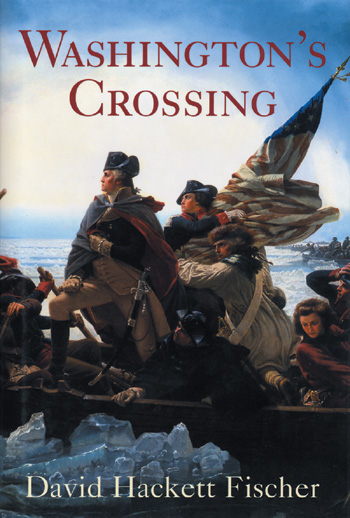
Other British forces immediately advanced to Trenton. On January 2, 1777, the Continental Army faced a British force of 5,000 men, with another 2,500 British soldiers marching from Princeton to join them. That night, leaving its campfires burning, Washington’s army slipped away. The following morning, the Americans crushed the surprised British reinforcements. As a result, the British soon withdrew their garrisons from central and western New Jersey. British commanders and the public began to doubt their chances of success, and the outcome of the war shifted irrevocably.
This riveting book is based upon impeccable scholarship and is written in a lively and engaging manner. Fischer makes superb use of accounts not only by American soldiers, but of British and Hessians as well. His analysis and descriptions of the conflict at the tactical, operational, and strategic levels of war offer the reader greater understanding of the American Revolution. Significantly, Fischer emphasizes that the American Revolution was a “war of contingency,” “in the sense of people making choices, and choices making a difference in the world.”
These astonishing American victories had repercussions reaching far beyond the battlefield. Fischer shows that “the campaign saw the evolution of a new style of military leadership, as well as a new, American ethic of warfare, that helped to turn the tide of public opinion in America and around the world.” This book is an outstanding study of the evolution and practice of Washington’s military leadership and of the American Revolution.
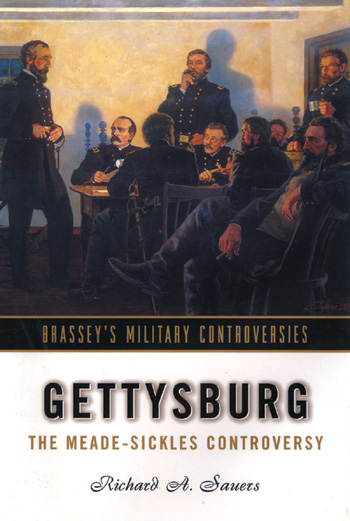
Recent and Recommended
Gettysburg: The Meade-Sickles Controversy, by Richard A. Sauers, Brassey’s, Washington, D.C., 2003, 207 pp., illustrations, maps, notes, bibliography, index, $24.95, hardcover.
The pivotal Union victory at the Battle of Gettysburg, July 1-3, 1863, continues to be surrounded by controversy. In this deeply researched and tightly argued study, Dr. Richard A. Sauers challenges one of the most contentious issues of the battle. This dispute was between Major General George G. Meade, commander, Army of the Potomac, and Major General Daniel E. Sickles, 3rd Corps commander (and the first person in American history found not guilty of murder due to temporary insanity). It involved Sickles’ advance of the 3rd Corps forward of the Union lines—whether on Meade’s orders or against them—which exposed the Union left flank. This advance led to the hard-fought engagements at the Wheatfield and the Peach Orchard. A later report stated that Sickles’ advance was “an error which nearly proved fatal in the battle.” Moreover, Sickles’ corps did not occupy the strategically important Little Round Top.
Sickles was seriously wounded and immediately began to tell his own version of events, which contained fabrications and became further self-serving and embellished over the years. Sauers has dissected this controversy and concludes that Sickles did in fact disobey orders and jeopardized the Union position, as well as the possible outcome of the battle. Sauers’ analytical study should be the last word on this enduring controversy.
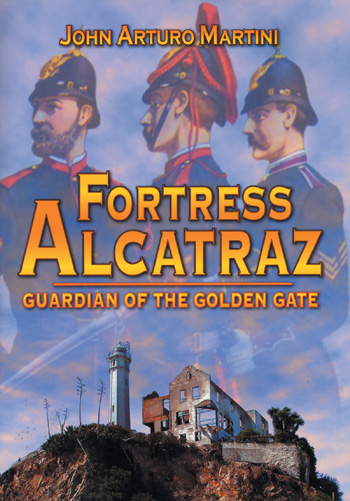 In Brief
In Brief
Fortress Alcatraz: Guardian of the Golden Gate, by John Arturo Martini, Ten Speed Press, Berkeley, CA, 2004,164 pp., illustrations, maps, appendices, index, bibliography, $13.95, softcover.
While “The Rock” of Alcatraz Island in San Francisco Bay is well known as the notorious former federal penitentiary, it also served as a U.S. Army installation from 1850 until acquired by the Department of Justice in 1934. Retired National Park Service historian and former Alcatraz park ranger John A. Martini has written in rich detail a lively and fascinating history of the quarter-mile long, 500-feet wide island fortress. Construction of the artillery batteries and emplacement of permanent guns was completed in 1860. They were designed to overlap fields of fire from Fort Point and Lime Point Bluff, on either side of the Golden Gate. By 1866, with 111 mounted artillery pieces, Alcatraz reached its peak as a military fortification. Defenses were rebuilt after the Civil War, frequently using soldier-convict labor. The bastion was converted from a harbor-defense fort to a military prison in 1907, and to a U.S. “Disciplinary Barracks” in 1915. Profusely illustrated with historical and contemporary photographs and drawings, this is an excellent historical overview of Alcatraz Island, during the Civil War the U.S. Army’s “greatest fortress west of the Mississippi.”
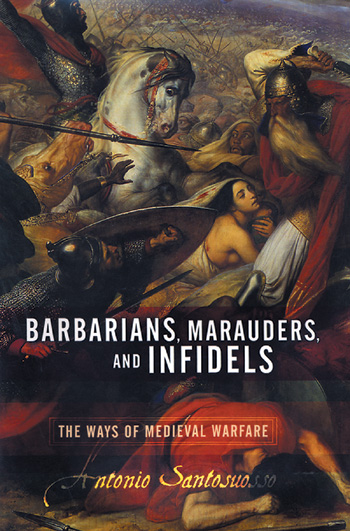 Barbarians, Marauders, and Infidels: The Ways of Medieval Warfare, by Antonio Santosuosso, Westview Press, Boulder, CO, 2004, 344 pp., chronology, maps, notes, bibliography, index, $27.50, hardcover.
Barbarians, Marauders, and Infidels: The Ways of Medieval Warfare, by Antonio Santosuosso, Westview Press, Boulder, CO, 2004, 344 pp., chronology, maps, notes, bibliography, index, $27.50, hardcover.
The medieval ages generally comprise the period from the “fall” of the Roman Empire in the fifth century (476 A.D.) to the end of the Hundred Years’ War and the capture of Constantinople a millennium later, in 1453. This was a violent era of almost continual warfare caused by religious, ethnic, and cultural friction. In this impressive and vividly written study, Professor Antonio Santosuosso surveys the causes, conduct, changes, and impact of warfare throughout this era. This book is divided into four parts. The first covers roughly the years 476-814, when from the ruins of the Roman Empire emerged “barbarian” kingdoms that evolved into the Carolingian empire in Western Europe. The second section covers basically the same period but focuses on the rise of Islam and its expansion through the Middle East, across North Africa, and into Spain. The empire-building West from 800-1,300, a period of especially savage warfare that included the establishment of feudalism and the Crusades, forms the third part of this volume. Finally, warfare from the zenith of the Middle Ages, c. 1,300, to the closing years of the 15th century, is chronicled and assessed. This immensely informative book, a main theme of which is “the idea that medieval war was carried out for God, personal profit, and honor,” makes a superb contribution to the study of warfare during the Middle Ages.
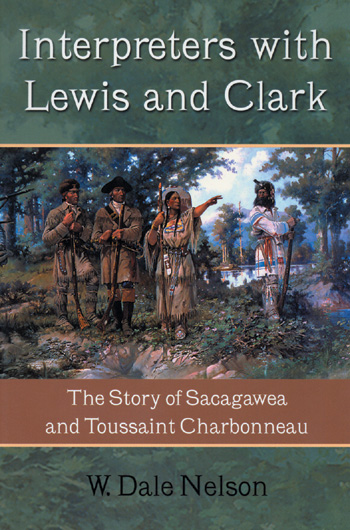 Interpreters with Lewis and Clark: The Story of Sacagawea and Toussaint Charbonneau, chameleon” during the Civil War. He created at least nine identities (and probably more) for himself, moving effortlessly from one to another and from North to South, concocting lies to facilitate his movement. In the North, Dunham was known as Sandford Conover and Isaac Haynes. His characters in the South included the convalescing Colonel James Watson Wallace and Colonel George Margrave, “one of the most cool and reckless villains in the Confederacy.” He was a spy, a forger, and a “master of dirty tricks,” writing different articles for newspapers under various names, generally criticizing the Confederates and Northern Peace Democrats. He even had his invented characters accuse each other of heinous crimes and then wrote about them. Perhaps Dunham’s greatest notoriety stems from his testimony—later discredited—against the Lincoln assassins, swearing the conspiracy began in Richmond. His statements helped lead to the execution of John Wilkes Booth, and suggest he may have been operating under the patronage of Secretary of War Edwin Stanton or another powerful politician. Journalism professor Carman Cummings has conducted extensive research to shed light on Dunham’s shadowy life and activities. While a number of questions remain unanswered, this is a compelling historical Civil War detective story.
Interpreters with Lewis and Clark: The Story of Sacagawea and Toussaint Charbonneau, chameleon” during the Civil War. He created at least nine identities (and probably more) for himself, moving effortlessly from one to another and from North to South, concocting lies to facilitate his movement. In the North, Dunham was known as Sandford Conover and Isaac Haynes. His characters in the South included the convalescing Colonel James Watson Wallace and Colonel George Margrave, “one of the most cool and reckless villains in the Confederacy.” He was a spy, a forger, and a “master of dirty tricks,” writing different articles for newspapers under various names, generally criticizing the Confederates and Northern Peace Democrats. He even had his invented characters accuse each other of heinous crimes and then wrote about them. Perhaps Dunham’s greatest notoriety stems from his testimony—later discredited—against the Lincoln assassins, swearing the conspiracy began in Richmond. His statements helped lead to the execution of John Wilkes Booth, and suggest he may have been operating under the patronage of Secretary of War Edwin Stanton or another powerful politician. Journalism professor Carman Cummings has conducted extensive research to shed light on Dunham’s shadowy life and activities. While a number of questions remain unanswered, this is a compelling historical Civil War detective story.
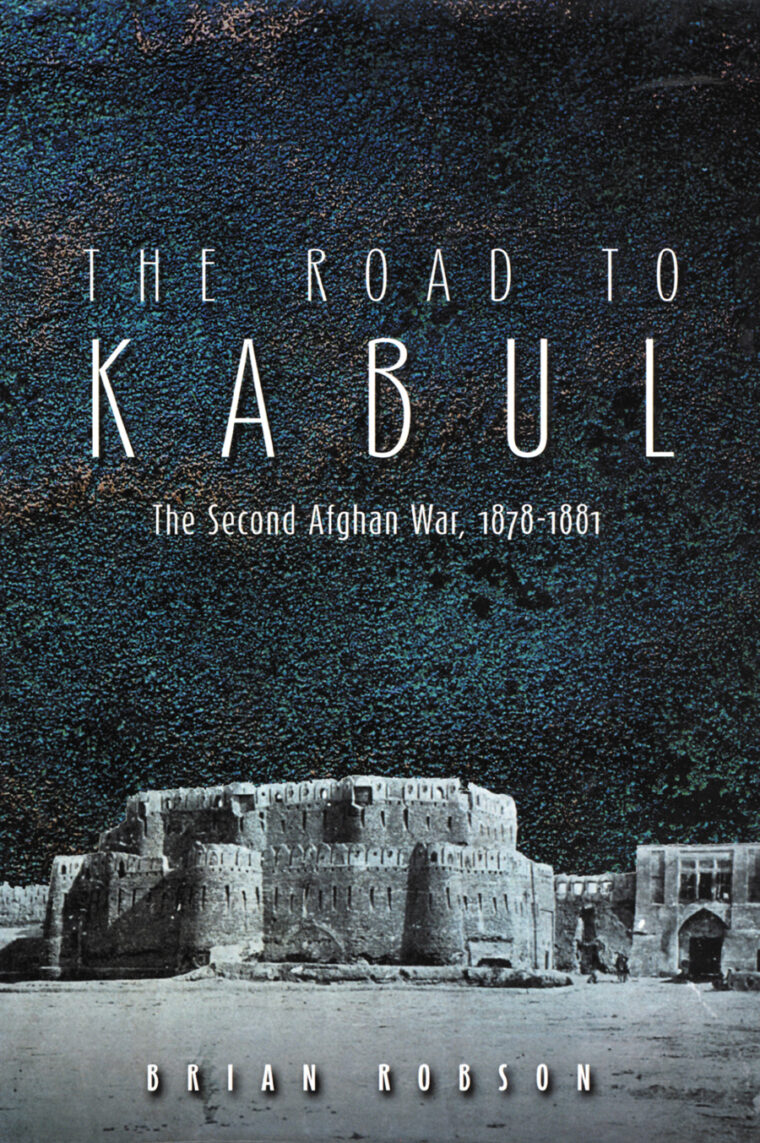 The Road to Kabul: The Second Afghan War, 1878-1881, by Brian Robson, Spellmount, Staplehurst, UK, 2003, 312 pp., illustrations, maps, appendices, notes, bibliography, index, $45.00, hardcover.
The Road to Kabul: The Second Afghan War, 1878-1881, by Brian Robson, Spellmount, Staplehurst, UK, 2003, 312 pp., illustrations, maps, appendices, notes, bibliography, index, $45.00, hardcover.
For much of the nineteenth century, Afghanistan was the pawn in the “Great Game” of colonial expansion pitting czarist Russia against imperial Britain in central Asia. In 1878, British forces invaded Afghanistan to forestall Russian encroachment on the frontier of India, Intense fighting took place in the mountain passes, causing the Afghan leader to flee and his son to sign a treaty with the British. Peace was short-lived, as rebellious Afghan soldiers killed the British resident in Kabul in September 1879 and another British force marched into Afghanistan. After victories at Charasia, Sherpur, and Ahmed Khel, and a devastating defeat at Maiwand, the British routed the Afghan tribal army at Kandahar on September 1, 1880, and ended the Second Afghan War. This well written and fast-paced study, incorporating interesting primary source documents and participant accounts, presents “some of the most vivid contrasts—of heroism and sacrifice, incompetence and folly, disastrous defeat and glorious victory” in British colonial warfare. It is also a superb example of inept attempts at “regime change” in Afghanistan and their far-reaching consequences.
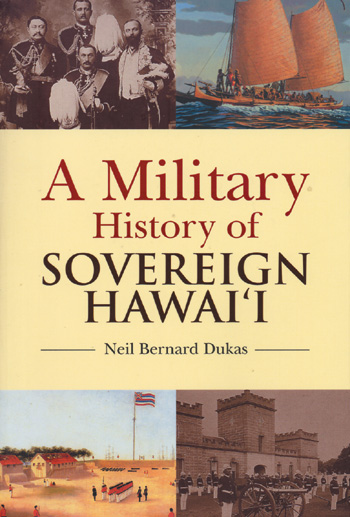 A Military History of Sovereign Hawai’i, by Neil Bernard Dukas, Mutual Publishing, Honolulu, 2004, 222 pp., chronology, illustrations, appendices, bibliography, index, $17.95, softcover.
A Military History of Sovereign Hawai’i, by Neil Bernard Dukas, Mutual Publishing, Honolulu, 2004, 222 pp., chronology, illustrations, appendices, bibliography, index, $17.95, softcover.
This engrossing book makes a truly original contribution to military history. Few know that Hawaii was annexed by the United States only in 1898, and that prior to this time, Hawaii was a sovereign kingdom. Author Neil Bernard Dukas divides his fascinating military history of Hawaii into two parts. The first section focuses on the Hawaiian warrior (“koa”), and his development based upon Polynesian culture and values. The 18th century Hawaiian society both “endorsed and enjoyed battle,” but also “set controls to limit battle’s carnage.” Other topics covered include traditional Hawaiian weapons, recruiting and training, mobilization and organization for war, battle dress, battlefield tactics, and the ethos of the koa. Part 2, “Soldiers of the Crown,” commences with King Kamehameha’s nominal unification of the Hawaiian Islands in 1796. After 1815, Hawaii was subject to foreign incursions and the warrior state declined. Russians, Argentines, Britons, and Americans traded with the Hawaiians and challenged their independence, forcing the Hawaiians to form militia units for national defense. Finally, during a period of instability and at the beginning of the 1898 Spanish-American War, the United States annexed Hawaii. Dukas’ superbly researched, elegantly written, and handsomely produced study of Hawaii’s military history deserves a large audience.
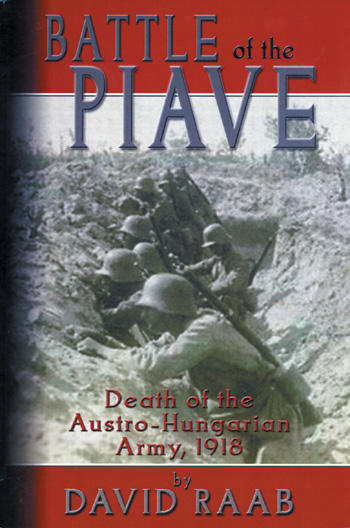 Battle of the Piave: Death of the Austro-Hungarian Army, 1918, by David Raab, Dorrance Publishing, Pittsburgh, 2003, 111 pp., illustrations, maps, endnotes, bibliography, $13.00, softcover.
Battle of the Piave: Death of the Austro-Hungarian Army, 1918, by David Raab, Dorrance Publishing, Pittsburgh, 2003, 111 pp., illustrations, maps, endnotes, bibliography, $13.00, softcover.
The unprecedented slaughter of trench warfare on the Western Front has come to characterize the popular image of World War I. There were, however, many “peripheral” operations conducted, in East Africa, Gallipoli, Salonika, Palestine, Mesopotamia, and Italy, designed to break the stalemate of the Western Front. One of the bloodiest theaters was the Italian Front that stretched from the Alps to the Adriatic Sea. While this slim book is entitled Battle of the Piave, only one cursory six-page chapter covers this important June 1918 battle. Other chapters superficially chronicle the Battles of the Isonzo, Caporetto, and Vittorio Veneto. There are only 50 pages of text in this monograph, 40 pages of poor quality illustrations and maps, and 18 pages of endnotes. The many seemingly unnecessary endnotes reveal a heavy reliance on secondary source books. While the author apparently wanted to write a definitive history of the Battle of the Piave, this book falls far short of that goal.
America in World War I: The Story and Photographs, by Donald M. Goldstein and Harry J. Maihafer, Brassey’s, Washington, D.C., 2004, 173 pp., illustrations, maps, chronology, selected bibliography, index, $34.95, hardcover.
This interesting volume is a valuable pictorial presentation of American participation in World War I. There are 12 chapters in this book, covering U.S. Army soldiers training and deploying for combat in Europe, the U.S. Navy’s ships and sailors at sea, and the new and rapidly evolving airplanes, balloons, and aerial warfare. One chapter is devoted to “The Home Front” and the conditions and contributions of Americans supporting the war effort. Two chapters showcasing American military operations in Europe are 9, “The Crucial Months: March-July 1918,” and 11, “Meuse-Argonne, the Final Push: August-November 1918.” One of the most interesting chapters is 6, “The Tools of War,” which depicts the increasingly lethal rifles, machineguns, artillery, flamethrowers, and chemical weapons of the frontline adversaries. The last chapter, 12, “The Aftermath,” discusses the Versailles Treaty and its consequences for postwar Europe. A strength of the narrative is that it contains numbers that refer to the relevant photographs. On the other hand, the general nature of the narrative contains factual oversimplifications and errors. This photographic history is a fine primer on American soldiers and participation in “the war to end all wars.”
Lawrence of Arabia: An Encyclopedia, by Stephen E. Tabachnik, Greenwood Press, Westport, CT, 2004, 248 pp., illustrations, maps, chronology, bibliography, index, $59.95, hardcover.
T.E. Lawrence, a leader of the Arab revolt against the Turks in World War I that spawned his quasi-autobiographical Seven Pillars of Wisdom, continues to intrigue and interest historians and others. Stephen E. Tabachnick, who has previously written about “Lawrence of Arabia,” has produced an encyclopedia with more than 800 entries to help one navigate through the myriad facts and fabrications of Lawrence’s life, personality, and writings. From “Aaronsohn, Aaron” to “Zionism,” these entries include such topics as “Lawrence’s knowledge of Islam, the details of his military campaigns, his legacy in film and popular culture, his family members and acquaintances, his biographers, and important book dealers, collectors, and scholars interested in his writings.” The wide variety of the entries and the general information provided, coupled with additional references and a worthwhile bibliography, far outweigh the volume’s numerous small factual errors and inadequate index. Every Lawrence scholar and enthusiast will want this indispensable encyclopedia on his bookshelf.
Some Survived: An Eyewitness Account of the Bataan Death March and the Men Who Lived Through it. By Manny Lawton, Algonquin Books of Chapel Hill, Chapel Hill, NC, 2004, 295 pp., illustrations, maps, appendices, index, $14.95, softcover.
“Those eyewitness stories, put together with similar ones from other prisoners,” observed Manny Lawton, “painted a hideous picture of savage and inhumane brutality unbelievable in modern times.” Lawton was a 23-year-old U.S. Army captain serving as an adviser to the 1st Battalion, 31st Infantry, Philippine Army, in 1941-1942. After months of resistance, his unit was ordered on April 8, 1942, to prepare to surrender to the overwhelming Japanese onslaught. The following morning, the infamous Bataan Death March began. It was “a forced six-day, sixty-mile trek under a broiling tropical sun during which approximately eleven thousand men died or were bayoneted, clubbed, or shot to death by the Japanese.” But this was only the beginning of the unimaginable hell on earth that Lawton and his comrades would experience in over three harrowing years as Japanese prisoners-of-war (POW). Lawton describes in poignant detail, with a moving sense of realism and immediacy, his POW experiences, including transport on a “hell ship” to Japan. His account is interspersed and rounded out with the recollections of fellow POWs. While the cruelty and inhumanity of the Japanese can never be forgotten, Lawton’s story shows the triumph of the human spirit over unspeakable adversity.
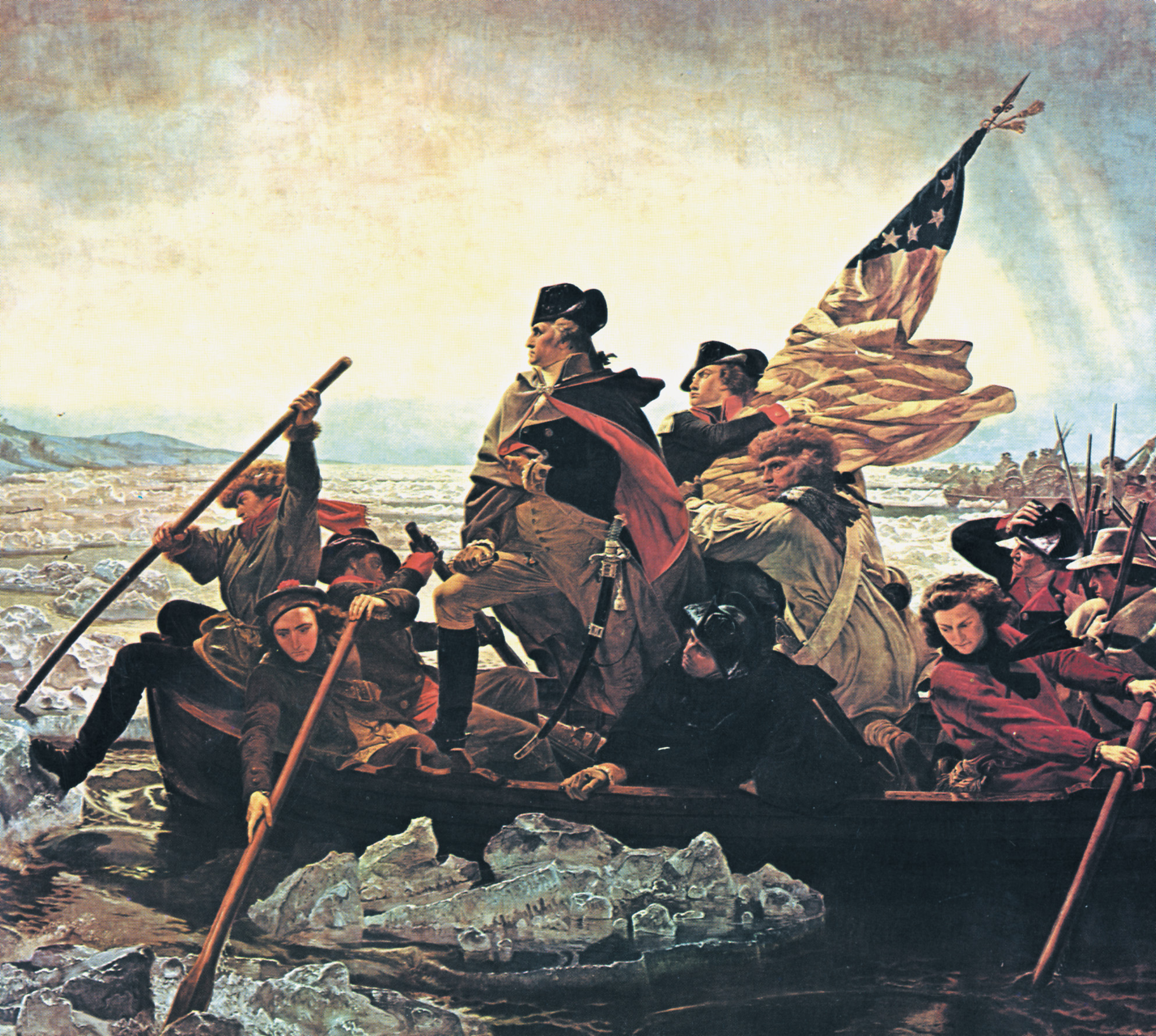
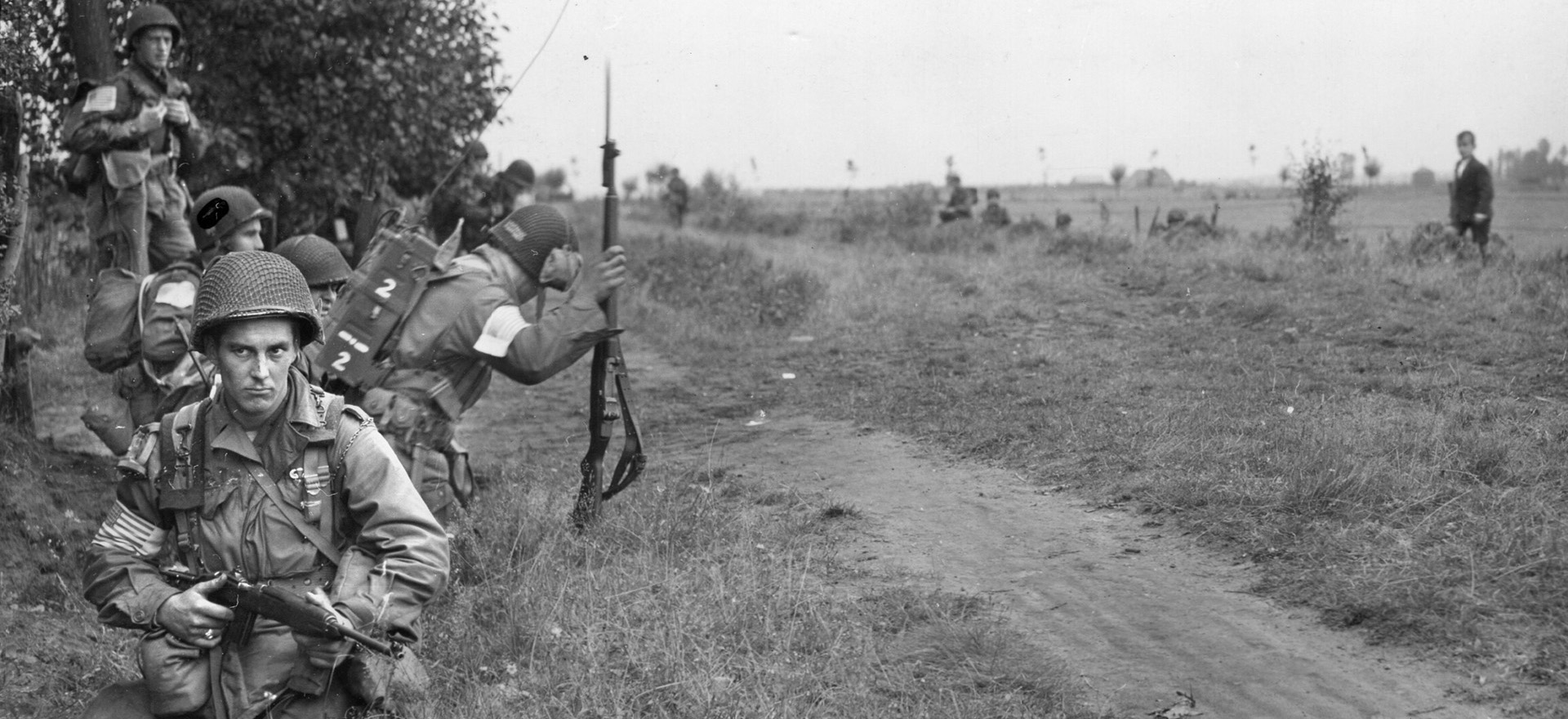
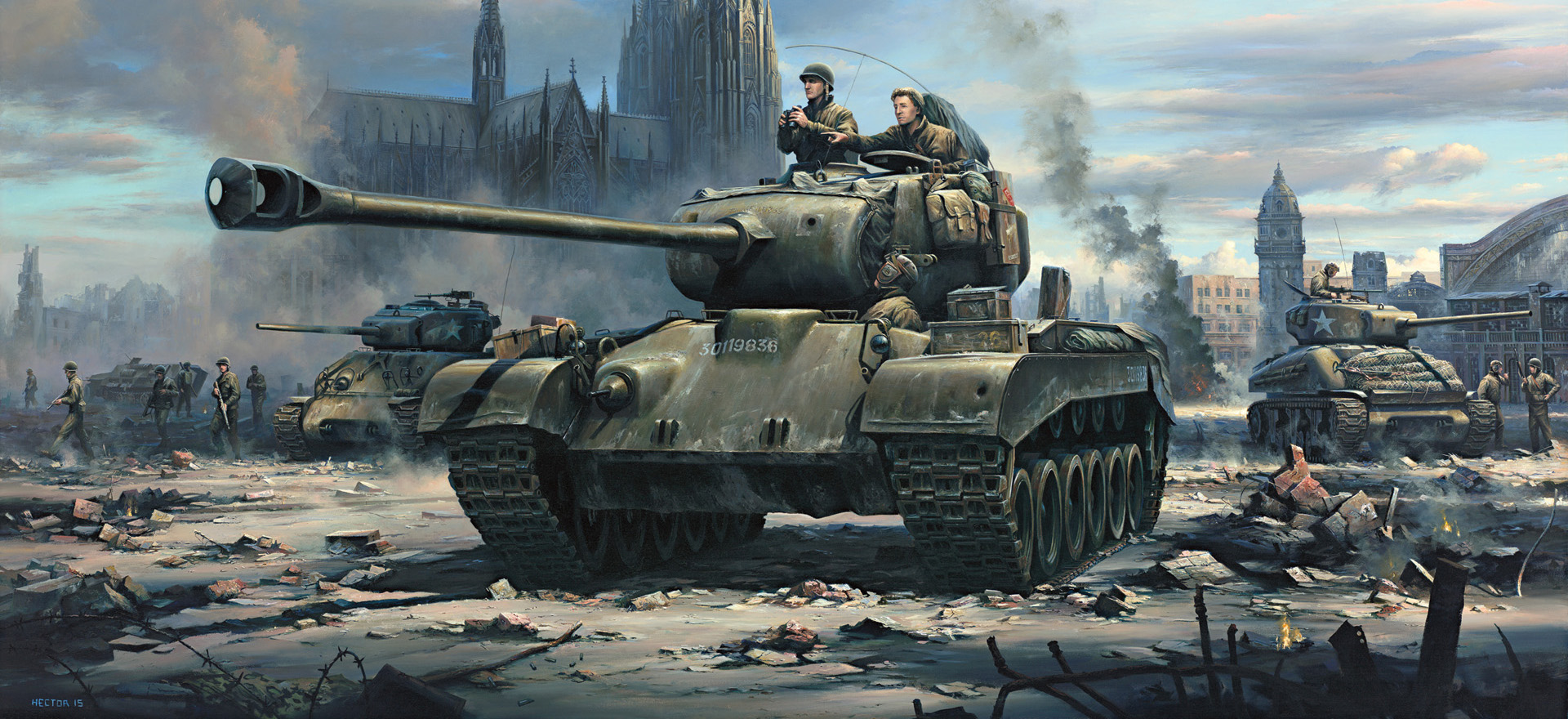
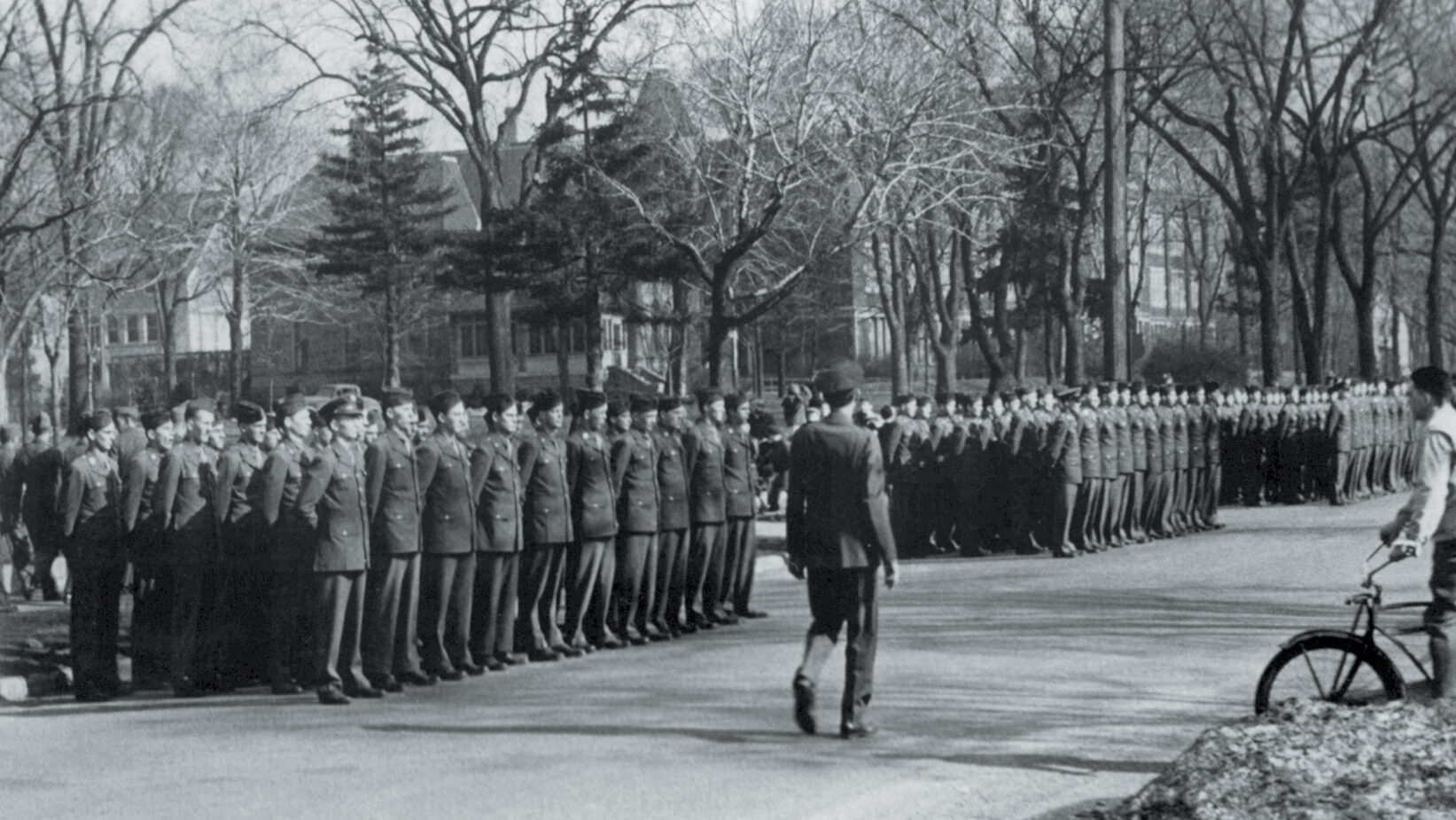
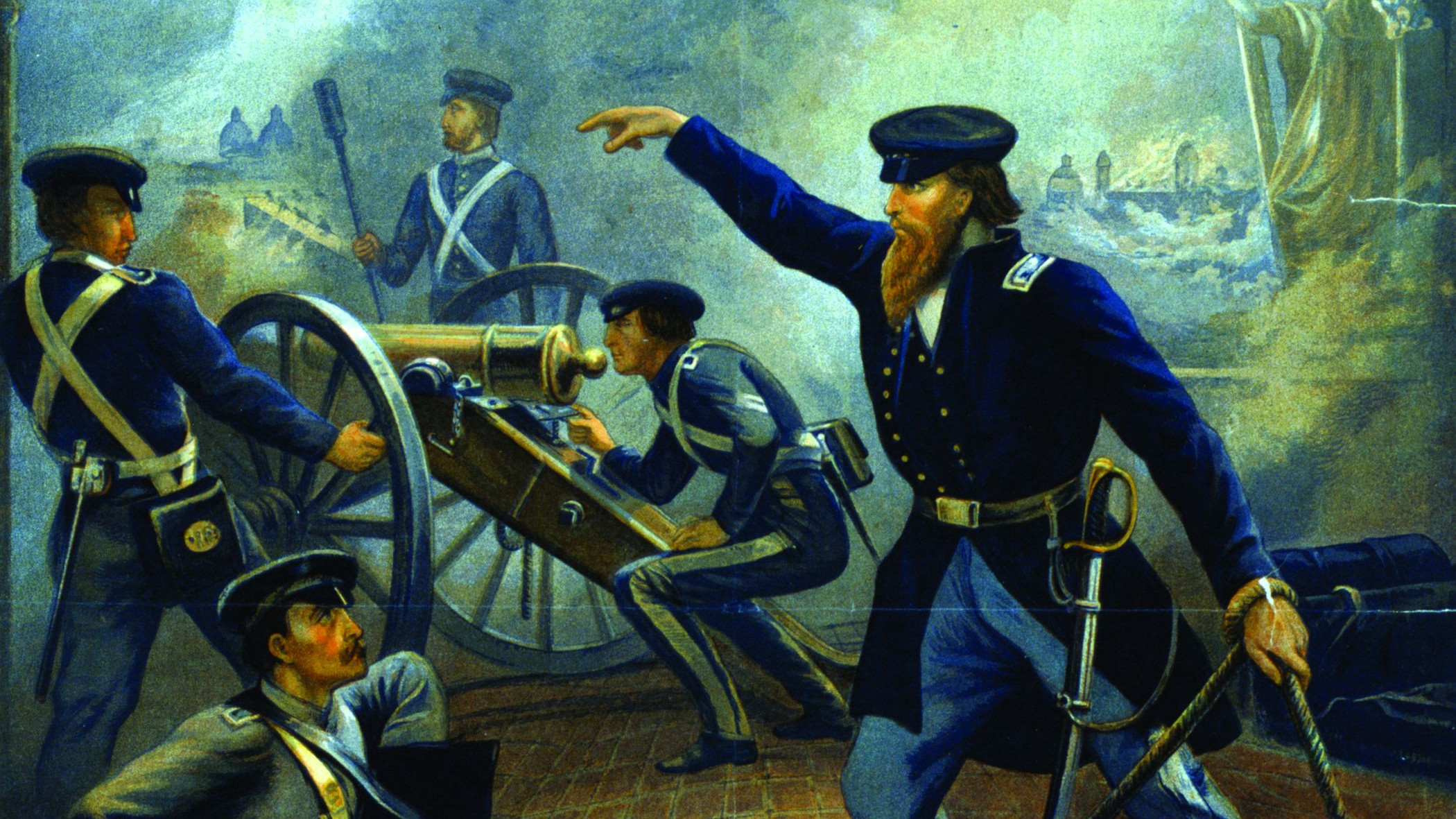
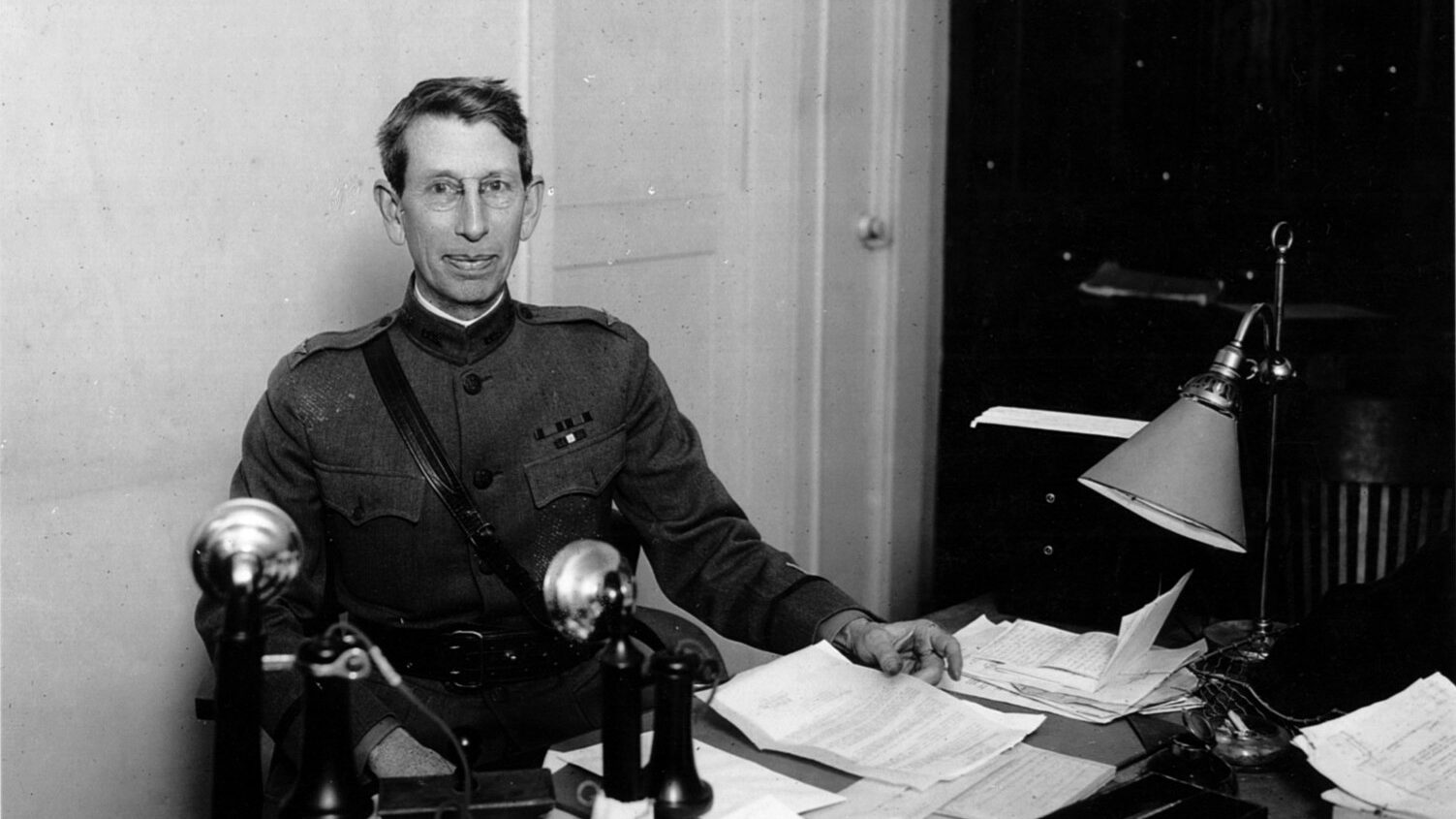
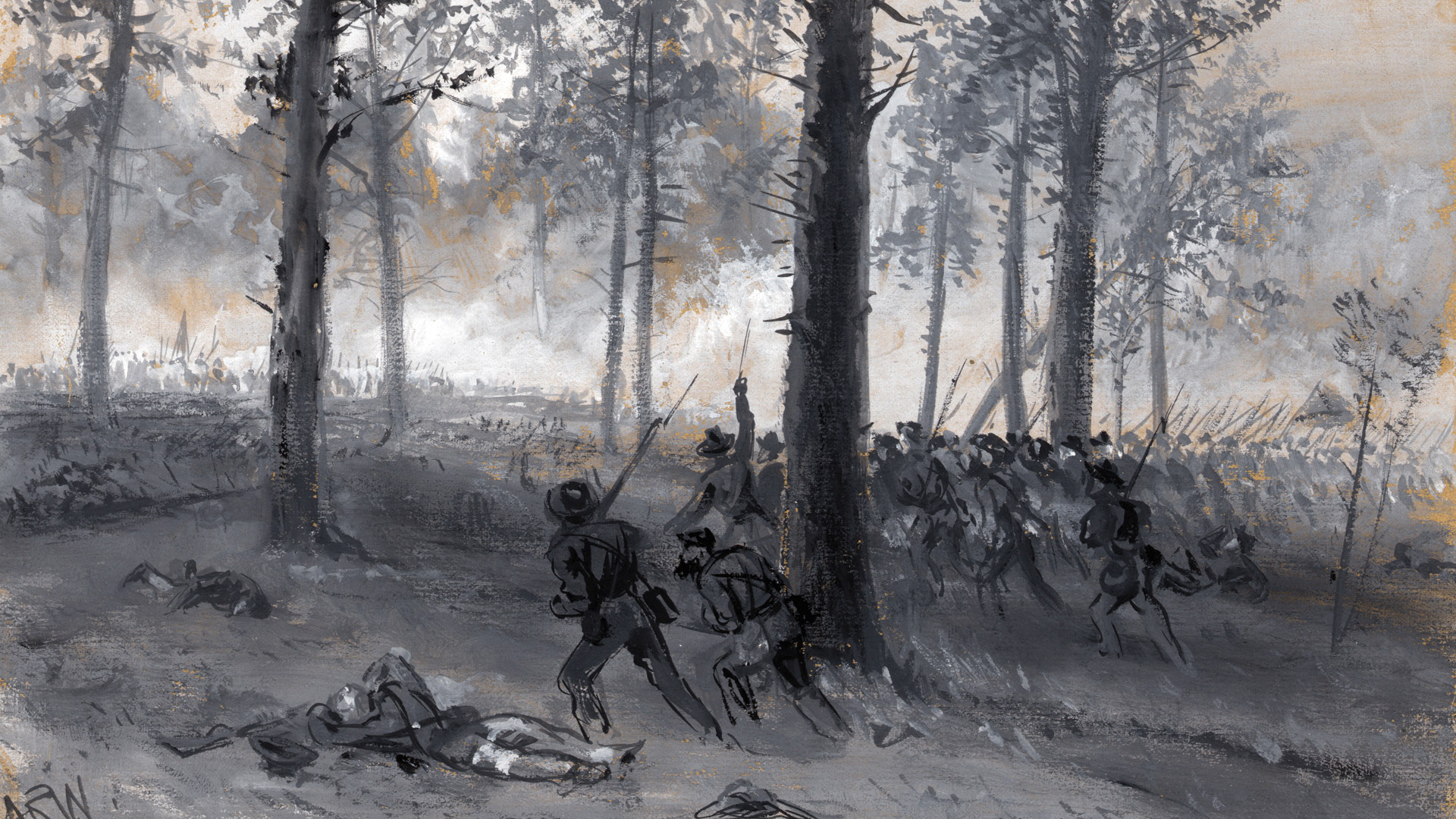

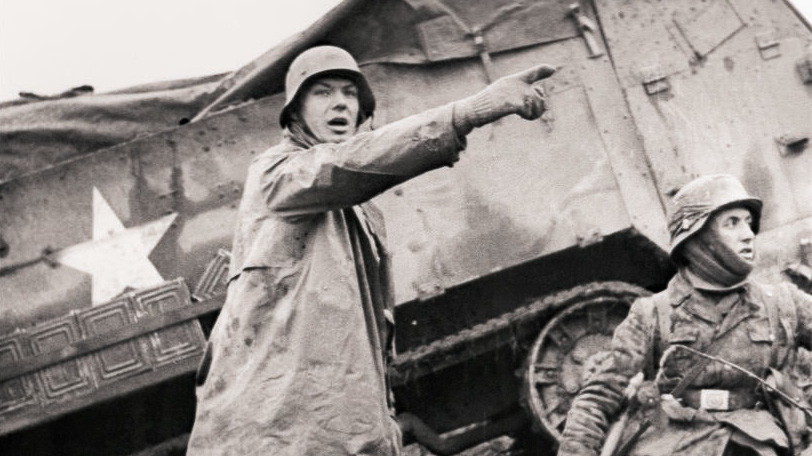
Join The Conversation
Comments
View All Comments